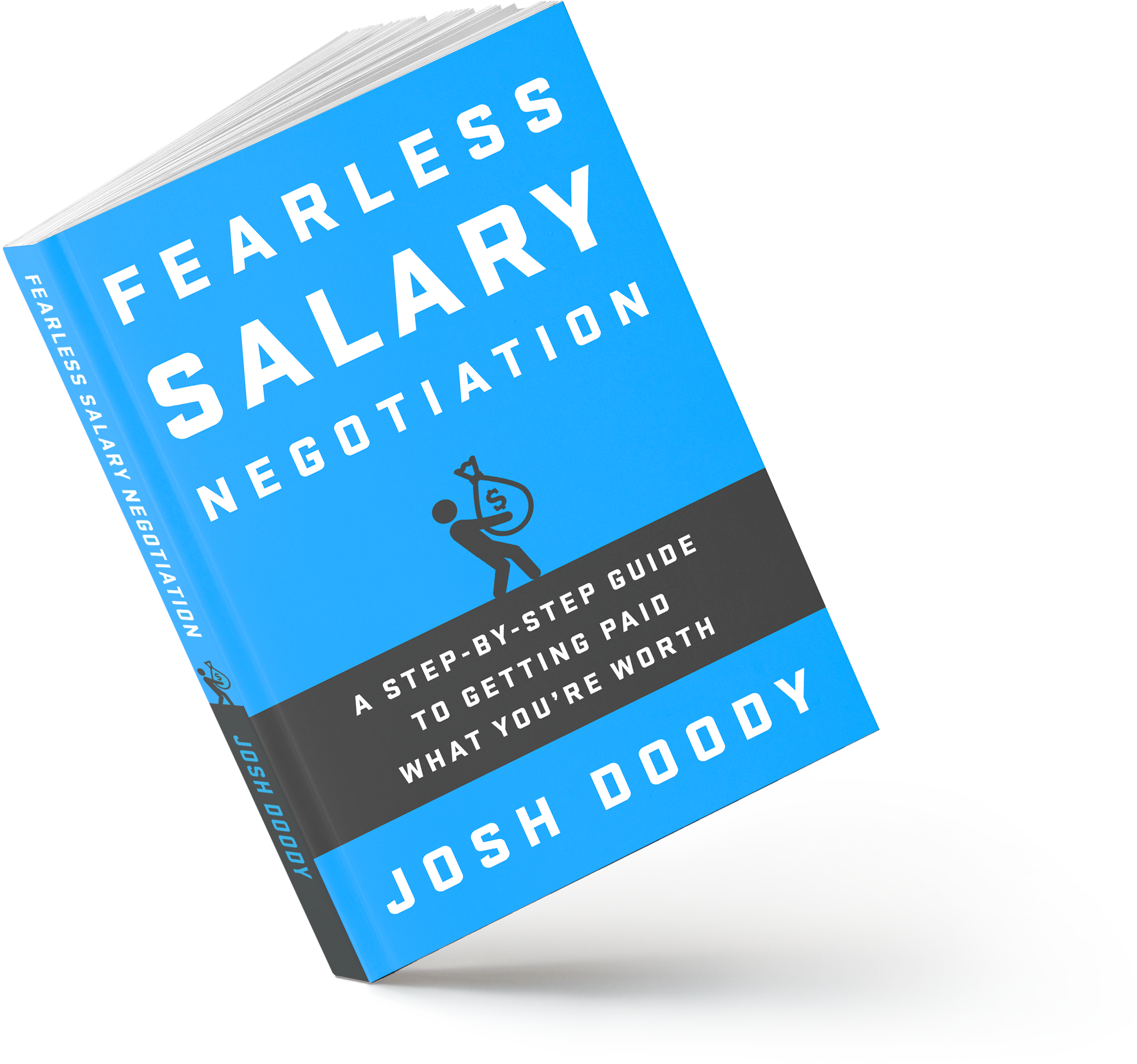
“What should my salary be?”
How to use available data to estimate the market value of your skillset and experience
Here's how to estimate the market value of your skillset and experience using industry-wide, regional, and company-specific data.

Here's how to estimate the market value of your skillset and experience using industry-wide, regional, and company-specific data.
Now you should have up to three different sets of data on average salaries for your job in your industry—general market data, inter-company data, and intra-company data. You can use these data sets to get a sense of how you compare to the average person doing your job within your industry and your company.
This step requires you to be as objective as possible. Start with the midpoint for the average person doing your job in your industry. Next, you need to consider all of the data you gathered and get a sense of your value relative to the average person doing your job in your industry. Adjust the midpoint value up or down to reflect your specific skills and experience with respect to how much more or less value you bring to the table than the average person’s skills and experience.
That’s your estimated market value.
Let’s look at an example to tie this all together.
Alison is a Project Manager making $65,000 a year in the construction industry. She also has her Project Management Professional (PMP) certification, and she studied Building Construction as an undergrad.
She does some research online and finds that the salary range for Project Managers in Construction in her geographic region is $60,000–$100,000 with a midpoint of $80,000. She is pretty far below the midpoint for the industry. She also notes that most of the job descriptions for Project Managers in the construction industry mention “PMP Certification” as a good certification to have, but it’s not a requirement for most jobs.
She knows several Project Managers for other construction firms in her area because she has met them at conferences and trade shows. She has talked to several of those project managers and it seems like they’re making around $75,000 and that their jobs are comparable to hers. She also gets the sense that they’re as competent and valuable as she is, although most of them don’t have a PMP certification. Some of them do have a background in Building Construction, though.
Alison has been working for her company for three years and doesn’t know much about what the other project managers are making. She does happen to know that a project manager who left earlier this year was making $73,000, which is a bit more than Alison is making now. She also has a sense that she does better work than many of her peers at her company. People seem to like working with her more, and she’s had a few nice awards and some recognition in the past year or so (she hasn’t noticed her peers getting as many awards or as much recognition as she has).
So, it seems that the industry midpoint salary is around $80,000 but that those around her are closer to $75,000. She’s probably a little better than average, but not much. Her market value is probably around $80,000, give or take.
Yes, the “give or take” is really subjective. Given what we know about Alison, $80,000 seems about right, but there’s a lot we don’t know here. Has her industry been doing well over the past few years? Are project managers in high demand in her industry? Have project managers at her company been let go recently? Those types of things can slide her estimated market value up or down a bit.
If the industry is doing very well, and Alison happens to know that there’s high demand for Project Managers, her market value could be $85,000 or even more. If the industry has had a rough few years and Project Managers have been getting let go across the industry, her market value might be closer to $75,000 or even less.
But that’s about 25% above her current pay!
It’s true, that’s a pretty big difference between her current salary and her market value. If her research and analysis were accurate and objective, then Alison is significantly underpaid in her job. If her analysis and research were not accurate and objective, then she has manufactured a number that does not represent her skillset and experience in her industry.
It’s very important that you do your research and analysis objectively, without a desired dollar amount in mind. Notice that Alison’s baseline is based on the industry midpoint, not some arbitrary number that she pulled out of the air. The industry midpoint gives her a frame of reference for the following question: “If I left my company and had to be replaced, or if another company in my industry were to hire someone just like me, what would the company have to pay?” The answer, based on the research Alison has done, is “about $80,000”.

I'm Josh Doody, a professional salary negotiation coach who helps High Earners negotiate their job offers. On average, High Earners improve their first-year compensation by $47,273 with my help.
Apply for a free 15-minute intro call to learn how I can help.